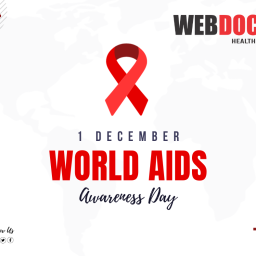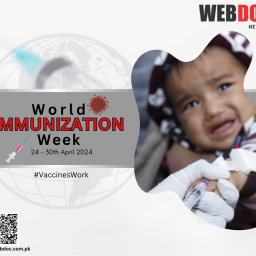Skin Cancer
Skin cancer is one of the most common types of cancer, with over two million new cases diagnosed in the United States every year. However, the good news is that when detected early, skin cancer is highly treatable. This makes early detection critical, as it can significantly improve the chances of successful treatment.
To identify the warning signs of skin cancer, it is important to understand the different types of skin cancer. The three main types are basal cell carcinoma, squamous cell carcinoma, and melanoma. Basal cell carcinoma and squamous cell carcinoma are the most common types, while melanoma is less common but more dangerous.
Basal cell carcinoma often appears as a pearly or waxy bump on the skin, which may bleed or develop a crust. It can also appear as a flat, brown or flesh-colored scar-like lesion, particularly on the face or neck.
Squamous cell carcinoma typically appears as a red, scaly patch or bump, which may bleed or develop a crust. It can also appear as a wart-like growth or a sore that does not heal.
Melanoma can appear as a new mole or an existing mole that changes in size, shape, or color. It may also have an irregular border or multiple colors within the mole. Melanoma can occur anywhere on the body, but it is most commonly found on the back, legs, arms, and face.
If you notice any of these warning signs, it is essential to see a dermatologist as soon as possible. The dermatologist will examine the skin and may take a biopsy, which involves removing a small sample of the suspicious area for laboratory testing.
It is also important to regularly examine your skin for any changes or abnormalities. This can be done by performing a self-examination, preferably once a month. When performing a self-examination, use a full-length mirror to examine your entire body, including the scalp, palms, soles, and nails. It is also helpful to use a hand-held mirror to examine hard-to-see areas, such as the back of the legs.
In addition to self-examinations, it is crucial to protect your skin from the sun. The sun’s harmful UV rays can damage the skin and increase the risk of skin cancer. To protect your skin, wear protective clothing, such as long-sleeved shirts and hats, and use sunscreen with an SPF of at least 30. Avoid tanning beds, as they can also increase the risk of skin cancer.
In conclusion, early detection is critical when it comes to skin cancer.
By identifying the warning signs and seeking prompt medical attention, the chances of successful treatment are significantly improved. Protect your skin from the sun and perform regular self-examinations to help prevent skin cancer or detect it early. Your skin, and potentially your life, are worth the extra effort.

















